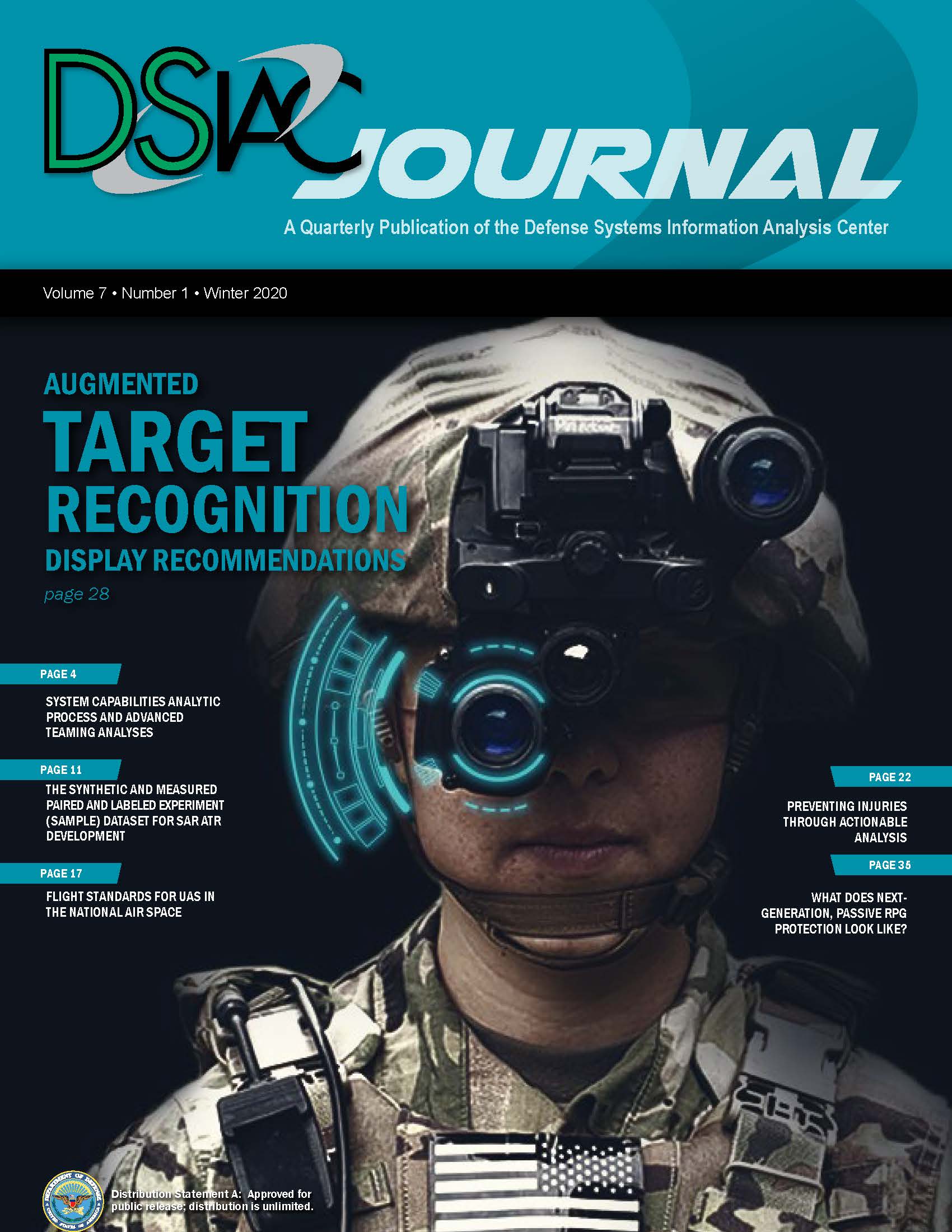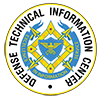an email newsletter released every month highlighting the latest articles, events, technical inquires, and voices from the community
Winter 2020: Volume 7 Number 1

Winter 2020: Volume 7 Number 1
Published: February 26, 2020
In light of the U.S. Army’s intent to leverage advances in artificial intelligence for augmenting dismounted Soldier lethality through developing in-scope and heads-up display-based augmented target recognition (ATR) systems, our feature article “Augmented Target Recognition Display Recommendations” identifies several critical gaps that must be addressed in order to effectively team the Soldier with ATR for the desired augmented lethality.

